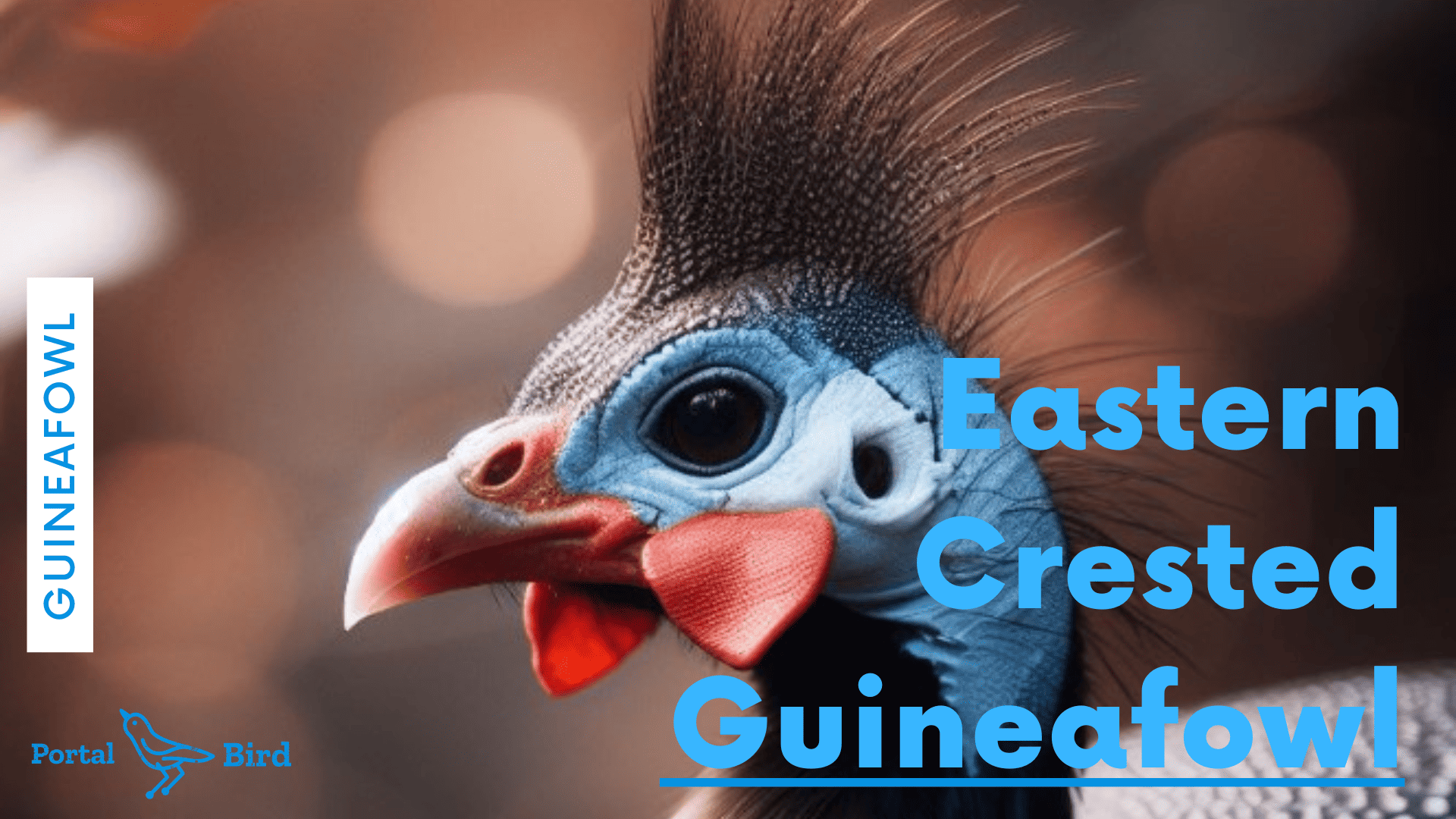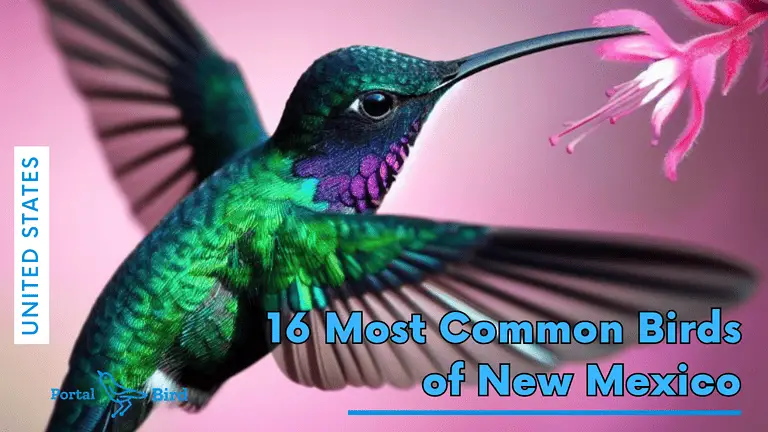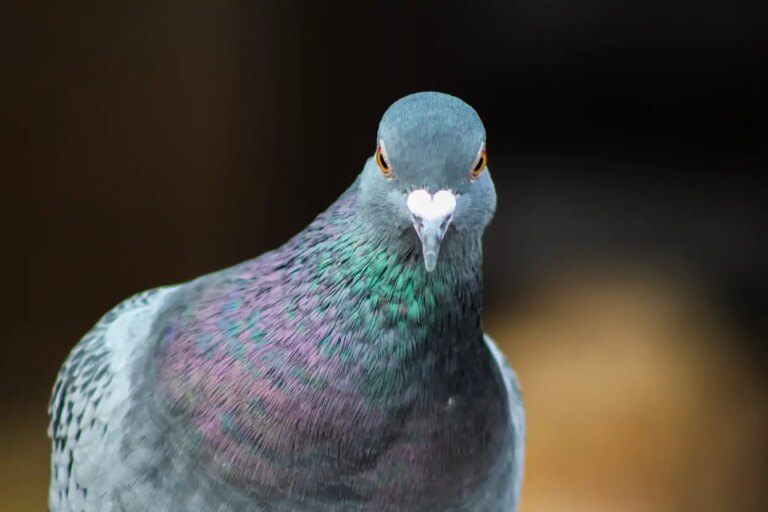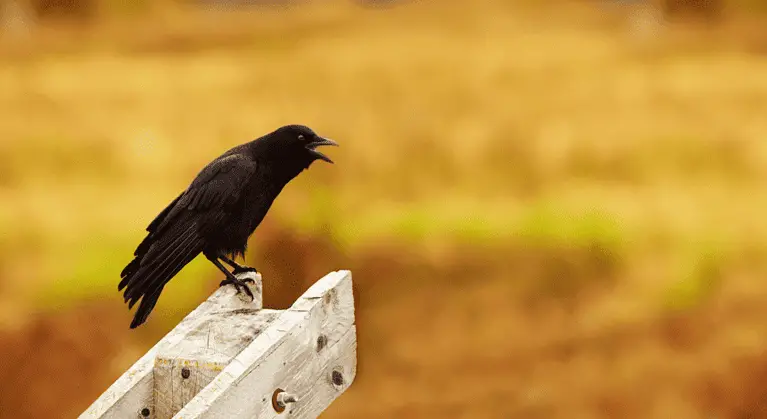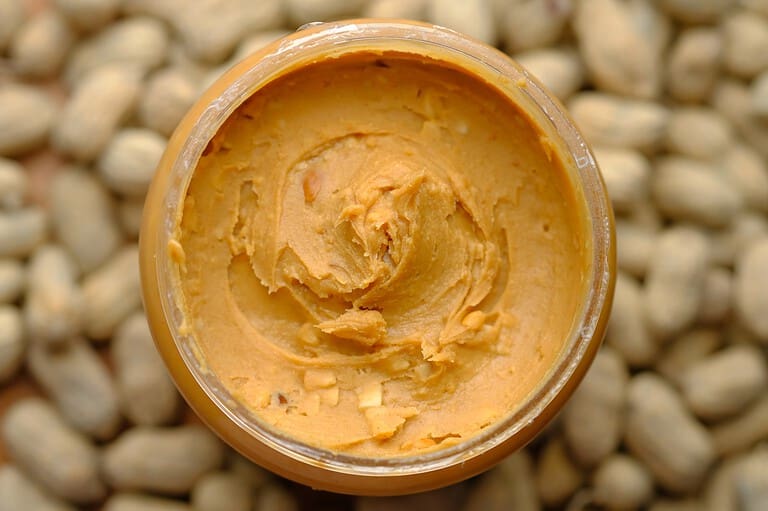Eastern Crested Guineafowl
The Eastern Crested Guineafowl, a truly fascinating species found in various regions of Africa, never fails to captivate observers with its distinctive appearance and intriguing behavior. Its striking crest and vibrant plumage make it truly a sight to behold. However, what lies beneath its remarkable exterior?
Let us delve into this article to uncover the physical characteristics, habitat and distribution, feeding habits, breeding behavior, vocalizations and communication, and conservation status of this truly captivating avian species. Prepare to be enthralled by the wonders of the Eastern Crested Guineafowl.
One cannot help but be amazed by the physical characteristics of the Eastern Crested Guineafowl. With its unique crest and vibrant plumage, it stands out among its avian counterparts. Its plumage boasts a stunning combination of colors, creating a visual spectacle that never fails to impress. Additionally, its habitat and distribution are equally intriguing. The Eastern Crested Guineafowl can be found in selective regions of Africa, adding to its enigmatic allure.
When it comes to feeding habits, the Eastern Crested Guineafowl displays a fascinating behavior. It possesses a diverse diet, consuming a wide range of food items. From insects to seeds, this bird has adapted to its environment with remarkable versatility. Such adaptability is a testament to the resilience and resourcefulness of this remarkable species.
Breeding behavior is another aspect that sets the Eastern Crested Guineafowl apart. During the breeding season, the males engage in captivating displays to attract a mate. These displays showcase their agility and strength, leaving observers in awe. Furthermore, vocalizations and communication play a vital role in the social dynamics of this species. The Eastern Crested Guineafowl produces a variety of calls, each serving a specific purpose in their intricate communication system.
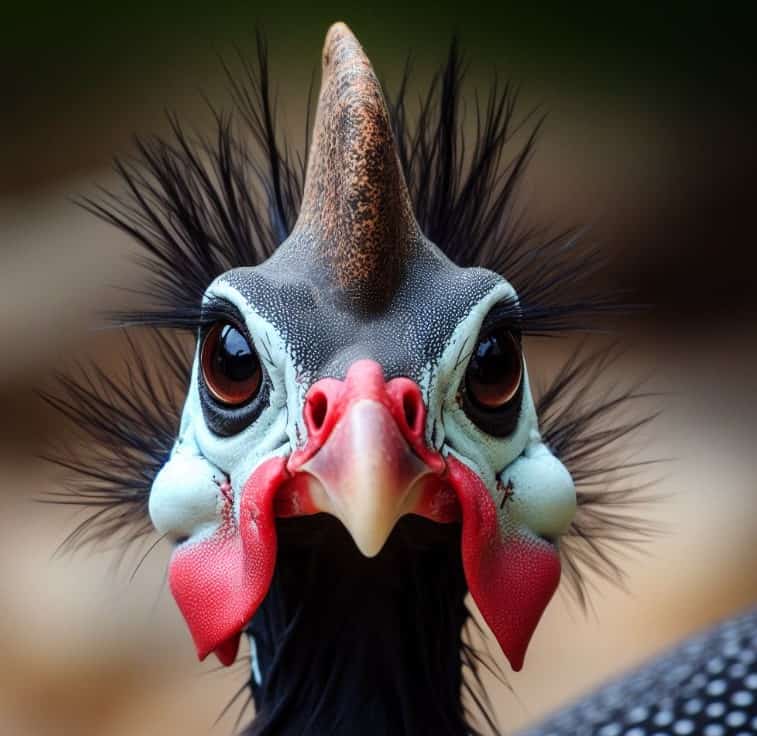
Key Takeaways
- Eastern Crested Guineafowl is a medium-sized bird with a distinctive crest on its head, predominantly black plumage with white spots and stripes, and strong legs and feet adapted for running and scratching the forest floor.
- It is found in parts of Eastern and Southern Africa, preferring dense woodlands, forested areas, savannas, and grasslands, and thriving in areas with access to water sources like rivers, streams, and wetlands.
- The species has a diverse diet consisting of plant materials, insects, and small vertebrates, foraging on the ground and creating scratches to expose hidden insects. It feeds on seeds, berries, and fruits found in the environment.
- Eastern Crested Guineafowl exhibits courtship displays, intricate dances, and synchronized movements during breeding season. Communication through vocalizations plays a vital role in their social dynamics. The species faces threats from habitat degradation and hunting, highlighting the importance of conservation efforts to protect its habitat and ensure long-term survival.
Physical Characteristics
Exploring the physical characteristics of the Eastern Crested Guineafowl reveals fascinating adaptations for survival in its natural habitat. This species of guineafowl is characterized by its medium-sized body, measuring about 50-60 cm in length. It has a distinctive crest on its head, which consists of elongated feathers that can be raised or lowered depending on the bird’s mood or level of alertness.
The plumage of the Eastern Crested Guineafowl is predominantly black, with white spots and stripes on its body and wings. This coloration provides effective camouflage in the dense vegetation where it resides, allowing the bird to blend in with its surroundings and avoid detection by predators. Its strong legs and feet are adapted for running and scratching the forest floor, while its short, broad wings enable quick bursts of flight when necessary.
With these physical characteristics, the Eastern Crested Guineafowl is well-equipped to thrive in its habitat. Transitioning to the subsequent section about ‘habitat and distribution’, it is important to understand how these physical adaptations contribute to its overall survival strategy.
Habitat and Distribution
The Eastern Crested Guineafowl exhibits a wide-ranging habitat and distribution, allowing it to adapt to various environmental conditions. This species can be found in parts of Eastern and Southern Africa, including countries such as Kenya, Tanzania, Mozambique, Zimbabwe, and South Africa.
- The Eastern Crested Guineafowl prefers dense woodlands and forested areas, where it can find cover and forage for food.
- It is also known to inhabit savannas and grasslands, where it can find open spaces for feeding and nesting.
- This species has a preference for areas with access to water sources, such as rivers, streams, and wetlands.
The ability of the Eastern Crested Guineafowl to thrive in diverse habitats enables it to survive in a variety of ecosystems, making it a resilient and adaptable species. Its wide distribution across different regions of Africa further contributes to its freedom to explore and inhabit diverse landscapes.
Feeding Habits
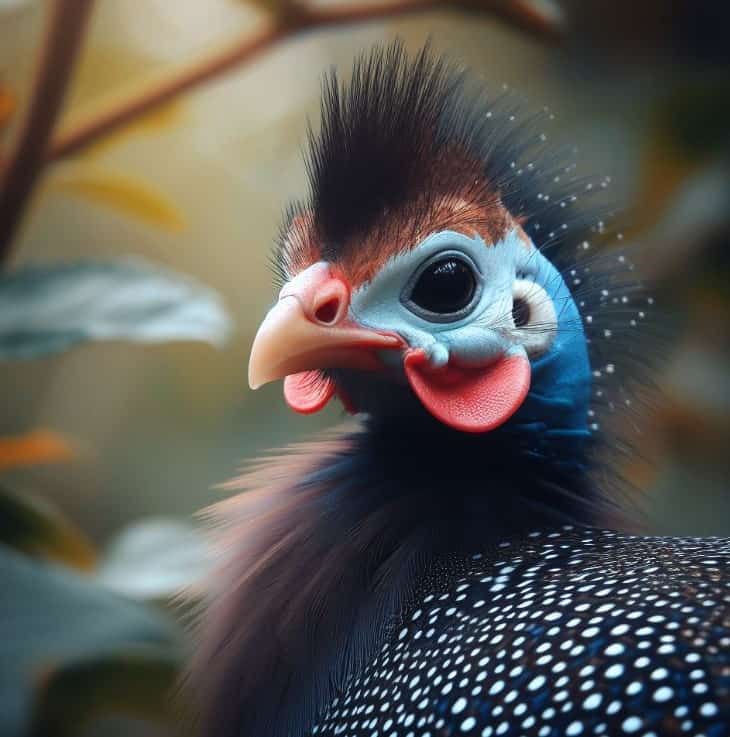
During the day, the Eastern Crested Guineafowl actively searches for food in its habitat. This bird species has a diverse diet consisting of various plant materials, insects, and small vertebrates. They forage on the ground, using their strong legs and sharp beaks to probe the soil and leaf litter in search of food.
The Eastern Crested Guineafowl has a unique feeding behavior where they scratch the ground with their feet, creating small depressions known as “scratches.” These scratches expose hidden insects and other invertebrates, making them easier to catch and consume.
Additionally, they also feed on seeds, berries, and fruits found in their environment. The table below provides a summary of the Eastern Crested Guineafowl’s feeding habits:
| Food Type | Examples | Percentage of Diet |
|---|---|---|
| Plant Materials | Seeds, berries, fruits | 40% |
| Insects | Beetles, termites, grasshoppers, worms | 30% |
| Small Vertebrates | Lizards, small rodents, snails, frogs | 30% |
The Eastern Crested Guineafowl’s diverse feeding habits allow it to adapt to different food availability throughout its range, ensuring its survival and freedom in the wild.
Breeding Behavior
To better understand the Eastern Crested Guineafowl’s breeding behavior, researchers have extensively observed and documented their courtship rituals and mating strategies. This species exhibits several interesting behaviors during breeding season:
- Courtship Displays: Male guineafowl perform elaborate displays to attract females. These displays involve puffing up their crests, spreading their wings, and making low, booming calls to signal their availability.
- Male Competition: During courtship, males engage in fierce competition for access to females. They engage in aggressive displays, such as charging at each other and raising their crests, to establish dominance and secure mating opportunities.
- Monogamous Pairing: Once a male successfully courts a female, they form a monogamous pair for the breeding season. They work together to build a nest on the ground, typically in dense vegetation, where the female lays her eggs.
Understanding the intricacies of Eastern Crested Guineafowl’s breeding behavior provides valuable insights into their reproductive strategies and social dynamics. This knowledge sets the stage for exploring their vocalizations and communication, which play a crucial role in their breeding interactions.
Vocalizations and Communication
The vocalization patterns observed in Eastern Crested Guineafowl play a crucial role in their communication. These birds have a diverse repertoire of calls and vocalizations, which are used to convey various messages within their social groups.
The social implications of their communication are significant, as these vocalizations help establish and maintain social bonds, coordinate group movements, and convey alarm signals. Additionally, vocalizations also play a role in mate selection, with males using their calls to attract females and establish their dominance within the group.
Vocalization Patterns Observed
Vocalizations of the Eastern Crested Guineafowl provide valuable insights into their communication patterns. These birds produce a variety of vocalizations, each serving a specific purpose in their social interactions. Here are three vocalization patterns observed in the Eastern Crested Guineafowl:
- Alarm Calls: These loud, repetitive calls are used to alert the group of potential threats, such as predators or intruders. They serve as a warning signal and help coordinate group responses.
- Courtship Calls: During the breeding season, male guineafowl emit distinct, melodious calls to attract females. These calls are often accompanied by elaborate displays of feathers and postures.
- Contact Calls: Eastern Crested Guineafowl use contact calls to maintain group cohesion and communicate their location to one another. These calls are soft, low-pitched, and help individuals stay connected in dense vegetation.
Understanding these vocalization patterns provides valuable insights into the social dynamics and behaviors of Eastern Crested Guineafowl. Transitioning into the next section, we will explore the social implications of their communication.
Social Implications of Communication
Through their distinct vocalizations, the Eastern Crested Guineafowl plays a crucial role in shaping social interactions and maintaining group cohesion. Vocalizations serve as a means of communication within the guineafowl community, allowing individuals to convey important information to one another.
These vocalizations vary in pitch, duration, and intensity, and each variation carries a specific meaning. For example, a loud and rapid call may indicate the presence of a predator, prompting other guineafowl to take defensive action. Conversely, softer and more melodic calls are often used during courtship displays, signaling reproductive readiness and attracting potential mates.
By utilizing vocalizations, Eastern Crested Guineafowl are able to coordinate their actions, establish dominance hierarchies, and maintain social bonds within the group. This communication system is essential for their survival and overall well-being in their natural habitat.
Role in Mate Selection
Occasionally, vocalizations and communication play a significant role in the mate selection process for Eastern Crested Guineafowl. These birds rely on specific vocalizations and visual displays to attract potential mates and establish their reproductive fitness.
- Vocalizations: Male Eastern Crested Guineafowl produce a variety of loud, distinct calls during courtship displays. These calls serve to announce their presence and attract females, as well as to establish dominance over other males. The calls can be characterized by their loud, raspy, and repetitive nature.
- Visual displays: In addition to vocalizations, Eastern Crested Guineafowl engage in elaborate visual displays during courtship. Males puff up their crests and fan out their tail feathers to create an impressive display of their physical attributes. These displays showcase the male’s fitness and health, and help to attract females.
- Communication: Eastern Crested Guineafowl also use visual cues and body language to communicate during mate selection. Males may strut or dance in front of females, while females respond with specific movements and postures to indicate their interest or disinterest.
Conservation Status
The conservation status of the Eastern Crested Guineafowl is a matter of concern due to its declining population and habitat loss. This species is currently listed as Vulnerable on the IUCN Red List. The main threat to the Eastern Crested Guineafowl is the loss and degradation of its natural habitat, primarily due to deforestation for agriculture, logging, and human settlements.
This loss of habitat reduces the available foraging and nesting areas for the species. Additionally, the Eastern Crested Guineafowl is also hunted for its meat and feathers, further contributing to its decline. Conservation efforts are focused on protecting and restoring its habitat, implementing sustainable land-use practices, and raising awareness about the importance of this species for ecosystem stability. Continued monitoring and conservation actions are vital to ensure the survival of this unique and iconic bird.

